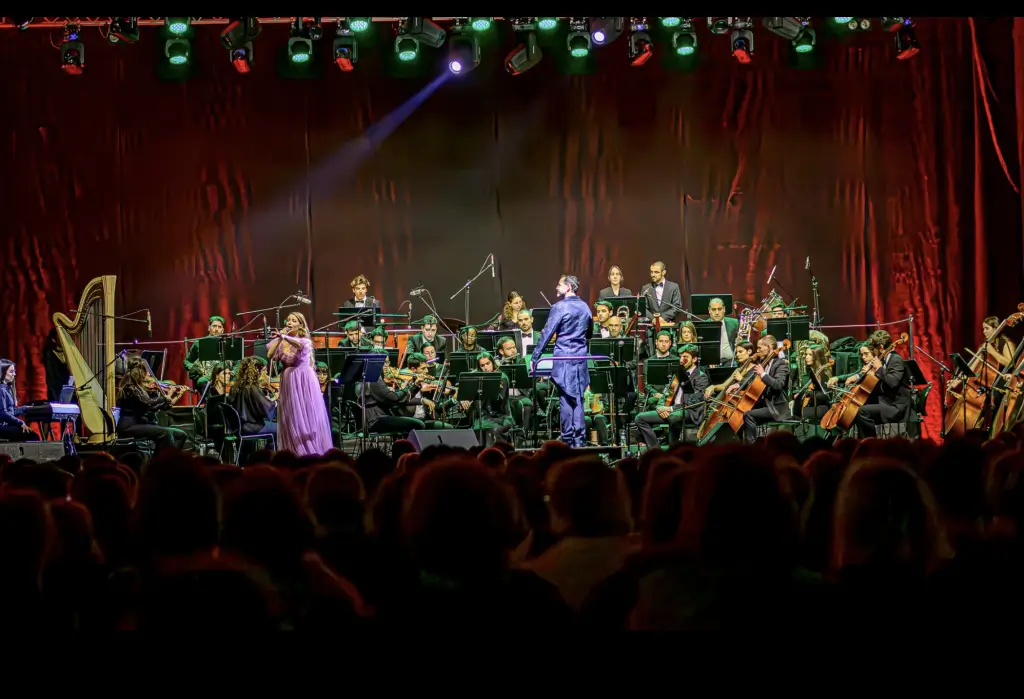
The Eixo Atlántico del Noroeste Peninsular is a cross-border association that brings together municipalities in Galicia (Spain) and northern Portugal.
See more +Braga: Heart of Minho, City of History and Future
The capital of the district and seat of the municipality, Braga is the true heart of the Minho region, standing out as one of the most important tourist, economic and cultural centers in the north of Portugal.
Since its foundation as Bracara Augusta, capital of the Roman province of Galécia, Braga has always played a strategic and central role in the Iberian Peninsula. Its privileged location, combined with a vibrant energy and entrepreneurial spirit, have made it a dynamic hub for innovation, knowledge and regional development.
Recognized as one of the youngest cities in Europe, Braga combines its two-thousand-year-old history with an active, creative and confident youth. Here, past and present intertwine in a remarkable balance between tradition and modernity, spirituality and progress.
The Minho: Tradition, Nature and Authenticity
Minho is much more than a region: it is a living expression of the Portuguese soul. Green, welcoming and culturally intense, it offers a diversity of landscapes and heritage that enchants all who visit it.
Just a few kilometers from Braga, Guimarães is an inescapable symbol of national identity. Known as the Cradle of Portugal, it proudly preserves its imposing medieval castle, where D. Afonso Henriques was born, and the Paço dos Duques de Bragança, a Gothic palace of rare beauty. Its historic center is a UNESCO World Heritage Site, with cobbled streets and charming squares that breathe history.
To the west of Braga, Barcelos is synonymous with popular tradition. Home to the legendary Rooster of Barcelos, a symbol of the country, it is also one of Portugal's great handicraft centers, especially in pottery, figurative ceramics and basketry. The weekly fair in Barcelos, one of the largest and oldest in the country, is a spectacle of color and authenticity.
At the mouth of the Lima, Viana do Castelo is a city where the sea and faith meet. The Sanctuary of the Sacred Heart of Jesus, which dominates the landscape at the top of Santa Luzia hill, offers breathtaking views over the Atlantic and the city. In August, Viana fervently celebrates the Feast of Senhora da Agonia, one of the largest pilgrimages in the country, with traditional costumes, salt carpets, processions and fireworks over the river.
To the east, the region reveals its most natural face. The Peneda-Gerês National Park is the ex-libris of nature tourism in Portugal. Crystal-clear lakes, ancient trails, waterfalls and community villages make up an unparalleled natural setting. Further south, the Serra da Cabreira, with its epicenter in Vieira do Minho, also offers mountainous landscapes and experiences of direct contact with nature and rural culture.
Next to the River Miño, these three towns still retain their defensive spirit and identity. In Valença, the majestic bastioned fortress dominates the landscape and invites you to cross the bridge to Tui, in Galicia. Monção and Melgaço, with their walls and memories of other times, are also famous for their Alvarinho wine, one of the great ambassadors of the region's enogastronomy.
The Minho coast also has a lot to offer. In Esposende and Apúlia, the sea coexists with dunes, pine forests and old windmills, guardians of a past linked to milling and fishing. The beaches, ideal for swimming, strolling or water sports, are sought after by those who wish to combine nature and tranquillity.
Alto Minho preserves a valuable collection of stately homes and manor houses that punctuate the countryside with grandeur and elegance. Many of these buildings, surrounded by vineyards and gardens, have been adapted for charm tourism, offering authentic experiences of hospitality and memory.
Elements of traditional Minho architecture such as the granaries - ancient stone barns on pillars - are particularly well preserved in the villages of Soajo and Lindoso, in the municipality of Arcos de Valdevez. These granaries are true icons of the Minho countryside and bear witness to a resilient community way of life.
Summer in Minho is also a time for celebrating music, art and freedom. Every year, Paredes de Coura becomes an authentic alternative music sanctuary with the emblematic Paredes de Coura Festival, one of the oldest and most prestigious summer festivals in Portugal, which attracts thousands of visitors to the natural amphitheater of the Taboão river beach.
In Caminha, by the sea and the River Minho, the Vilar de Mouros Festival - the oldest music festival in the country - continues to mark generations with eclectic line-ups that mix classic rock, indie, pop and new trends. These events are moments when nature, youth and culture meet and represent the most contemporary and vibrant side of Minho.
Whether it's the joy of the festivals and pilgrimages, the gastronomy with authentic flavors, the built heritage or the natural beauty that surprises at every turn, Minho is a region that you feel, live and miss.